Looking for ottersWe have been thinking about otters recently. Otters are quite difficult to spot, they are very furtive and not usually out and about during the day, their active time is between dusk and dawn. So the presence of otters is often established by what they leave behind rather than seeing the animal itself, what they leave behind are faeces and foot prints.
A couple of weeks ago we thought we had found what may be the decomposed body of an otter near Kinara Close, it had been in the river a while and was pretty disgusting! On further examination it turned out to be a goat’s skin! So two recent disappointments. Then RWF member, John Tickner, who likes nosing around the nooks and crannies of the river, spotted these prints under Vale Mill at Oakworth. The first ones we think are rat (small and pointy) or possibly mink, but the other two look very much like otter, they are bigger, otters prints are about 2” across, and show five toes. So we think that otters are present on the Worth. However it is unlikely that they are resident here, more likely they pay us regular visits from their resident territory on the River Aire. Have you seen an otter on the Worth or think you have seen signs of otters? Please let us know, we are keen to build an understanding of their presence on the river. Arguments about ottersWhy are RWF so obsessed with otters? I hear you ask! Well otters were present in many rivers in the British Isles until they went into a steep decline in the latter half of the twentieth century, mainly due to the use of organochlorine pesticides in agriculture which polluted the rivers and got into the otter’s food chain. With the outlawing of these pesticides in the early 1990’s and also the ban on hunting in 19768 otters have made an astonishing comeback, we would like to think that the River worth could be part of the comeback of this iconic species. We know there are advantages and disadvantages to the return of the otter and can now almost hear the cries of outrage from some in the angling community who think the otters are stealing “their fish”.
are able to pursue the poor water vole into it’s burrow.
otters and anglersThe only disadvantage is that otters do like to eat fish, which can upset some anglers. Seeing some posts on social media it seems that to many anglers the only good otter is a dead otter. We at RWF think the argument is a bit more nuanced than that. A recent study has found that the majority of the otter's diet consists of smaller fish such as minnows, bull heads and stone loach. This does not mean that otters do not take larger fish but that they are not likely to be stripping a river of it’s large fish such as barbel as anglers claim. This article from Martin Salter of the Angling Trust makes just this argument.
may have to accept that this will not be a commonplace in an environment shared with a top predator. It could be that if anglers lower their sights a little they may not have such stupendous catches but they will see they are sharing the river with a magnificent beast.
0 Comments
Leave a Reply. |
Archives
October 2025
Categories |


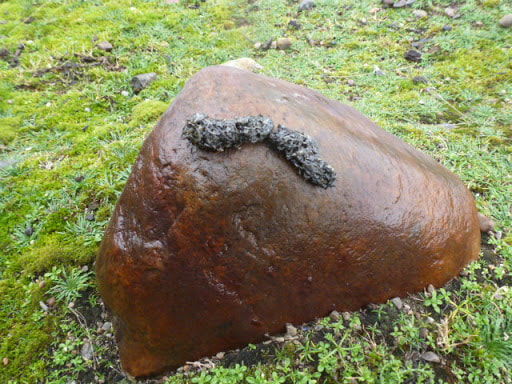


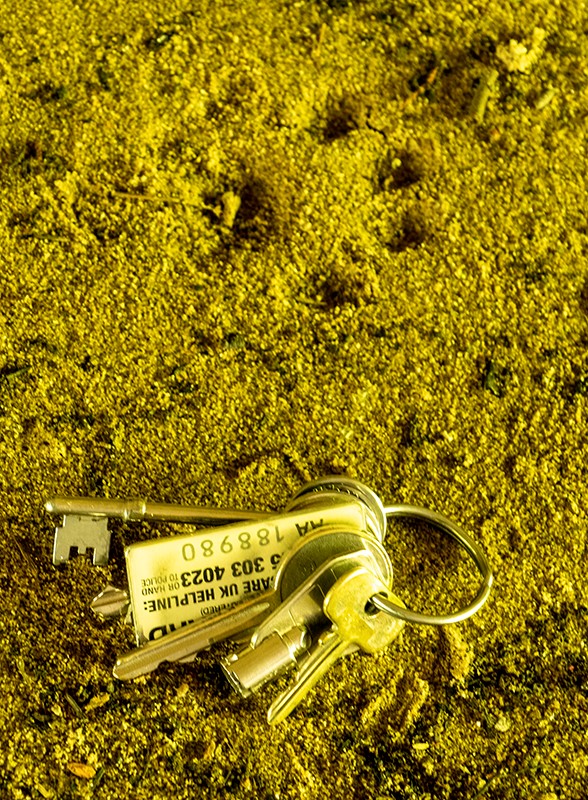
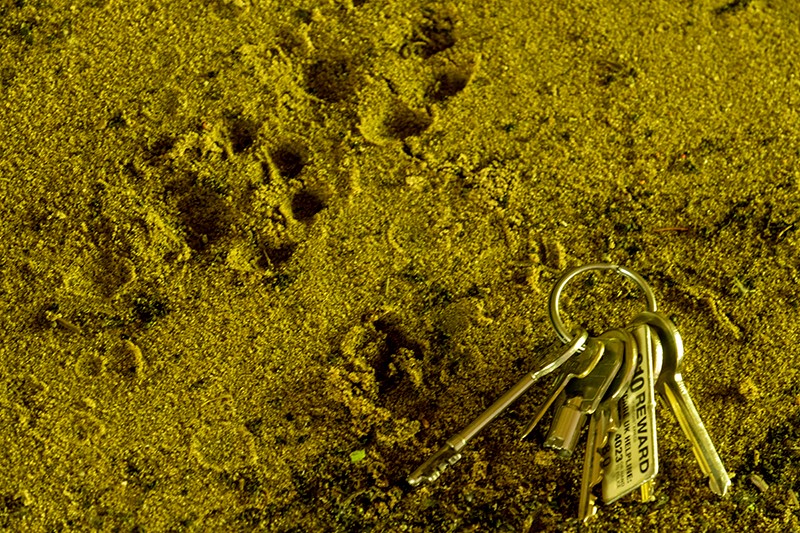




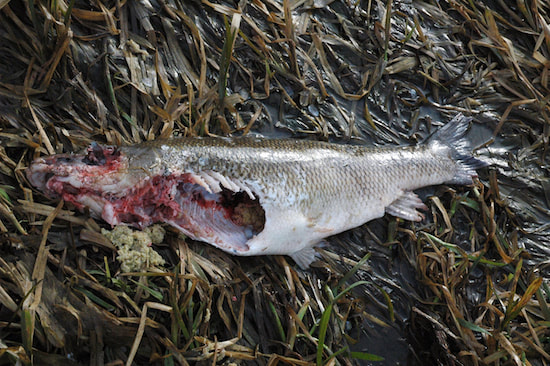

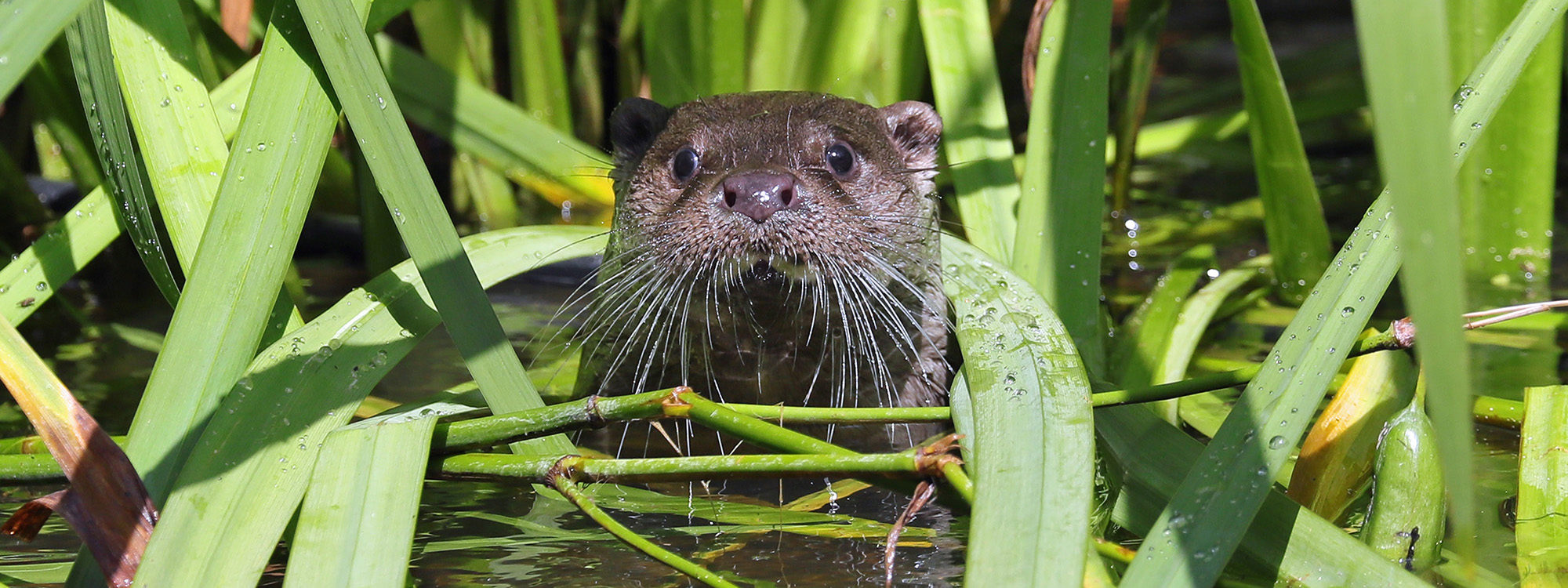
 RSS Feed
RSS Feed